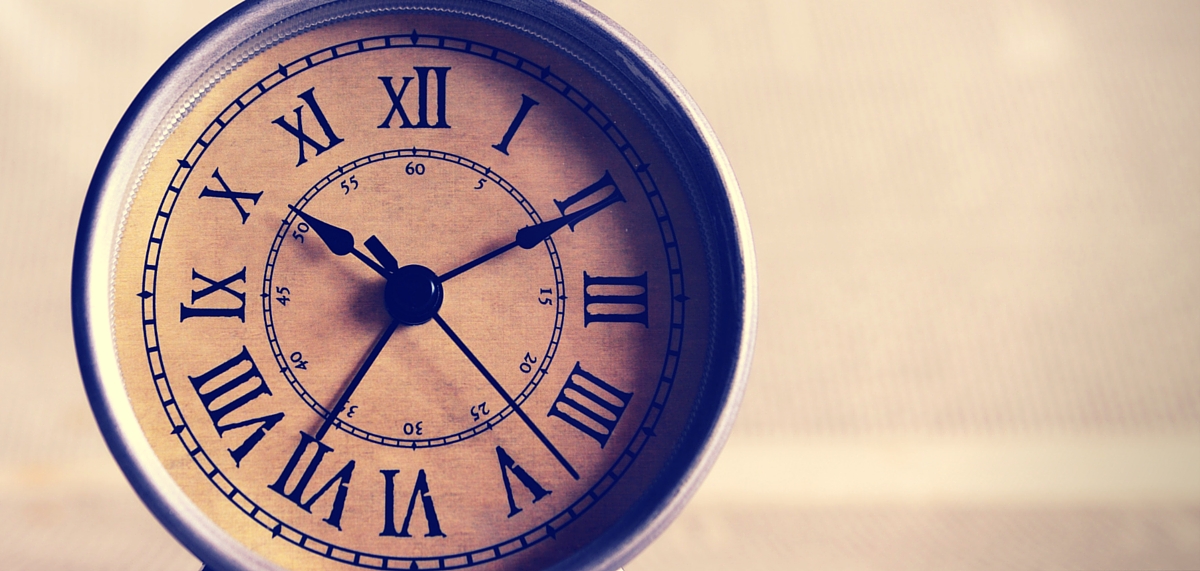6 Easy Ways for Creatives to Be More Productive
I can't be organized! I'm an ARTIST! There is a long-standing stereotype that creative people are not organized or productive; that our minds don’t work that way and that if we add structure to our day it will hinder our artistic process. Schedules and calendars are for analytical types, not creatives. You can’t plan to be creative it has to happen—when inspiration strikes.
But… what if being organized and managing time well was a good thing?
I used to waste a lot of time. A day would turn into a week, a week into a month, and so on, and before I knew it all this time would go by and I hadn’t accomplished much. By being disorganized I was sabotaging myself and accomplishing very little.
A friend pointed out (when speaking of her own photography) that if she didn’t take her work seriously how could she expect anyone else to do so? I couldn’t agree more. And what better way to show respect for your work than by spending time wisely? By nature I’m not the most organized or productive person, so I’ve come up with ways to manage my time better. Now at the end of the day I can look back and see that I’ve made progress.
These are the things I do to be more productive:
• Remember why. It’s easy for me to get distracted and think “I’ll finish it tomorrow” but if I remember why I’m doing all of this it keeps me going rather than procrastinating. This is by far the most effective motivator I have found.
• Keep a calendar. I use Google calendar and a Passion Planner. I keep them both updated, and look at them daily. I designate time blocks for certain things and I do my best to stick to them. It took me a while to acquire the habit, but once I did I found that I instinctively know that, for example, Tuesday mornings I work on XYZ and I just get started without hesitation.
• Overestimate how long a project will take. If I add too many things to my list of to-do’s, and I fool myself into thinking they won’t take long, nine times out of ten they take longer and I fall behind. To avoid that I add an extra 15 minutes/half hour in between time blocks.
• What doesn’t get done one day, gets moved to the next, but I have to admit some tasks get moved to the next, and the next, and the next, before they get done.
• Maintain an organized work area. Papers have a sneaky way of reproducing on every horizontal surface in my office so once a week I take time to clear stuff out. Although some disagree, for me a cluttered space leads to cluttered thoughts and time wasted looking for stuff.
• Say no. Maybe a certain project isn’t really in my wheelhouse, or if I take on one more thing everything else will suffer. Many of us are afraid to say “no” because we want to make everyone happy—I’m still guilty of that to some degree. But often when I say “yes” because I feel like I have to, I end up regretting it. Even though it was a scary thing to do in the beginning, I learned that people (for the most part) don’t get as upset as I feared.
This isn’t fool-proof process, but it works for me. Everyone is different and what works for some won’t for others, but if I can find a way to be more productive, anyone can. That’s not to say I don’t get distracted and go down an internet rabbit hole only to come up an hour later. It happens. The point is, by paying attention to how I spend my time I’m making my creative work a priority.


